It's all about the classical music composers and their works from the last 400 years and much more about music. Hier erfahren Sie alles über die klassischen Komponisten und ihre Meisterwerke der letzten vierhundert Jahre und vieles mehr über Klassische Musik.
Total Pageviews
Thursday, June 27, 2024
Minnie The Moocher - The Speakeasy Three ft. The Swing Ninjas (Official MV)
Wednesday, June 26, 2024
Lea Salonga - I'd Give My Life for You (Miss Saigon in Manila)
The Movie in My Mind | Miss Saigon 25th Anniversary Performance | TUNE
Monday, June 24, 2024
All That Jazz - Chicago (Australian Cast)
Friday, June 21, 2024
Most Romantic Movie [Roman Holiday] Audrey Hepburn & Gregory Peck
André Rieu - Hallelujah (Leonard Cohen)
Unique Concertos
By Georg Predota, Interlude
Works by Milhaud, Fleck, Van de Vate, O’Boyle, and Adams
Darius Milhaud: Concerto for Percussion and Small Orchestra
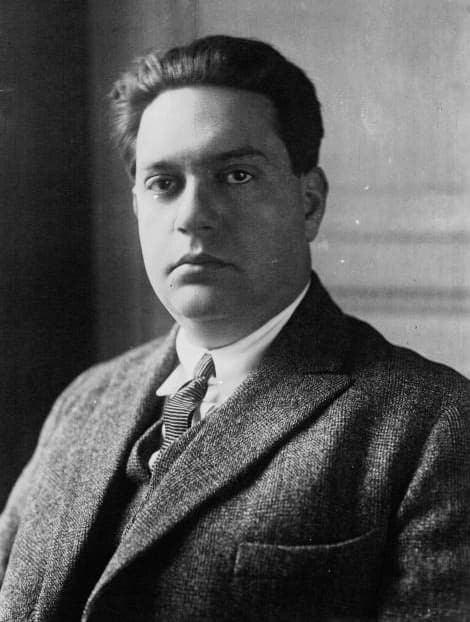
Darius Milhaud
Darius Milhaud writes, “I have always been very interested in percussion problems. In the Choéphores and in L’homme et son désir I used massive percussion. After the audition of Choéphores in Brussels, an excellent kettledrummer, Theo Coutelier, who had a percussion class in Schaerbeek near Brussels, asked me if I would like to write a concerto for a single percussion performer. The idea appealed to me, and this is how I came to compose the concerto. The school at Schaerbeek had only a few orchestral musicians, two flutes, two clarinets, one trumpet, one trombone, and strings.” Composed in Paris between 1929 and 1930, “jazz was enjoying a decisive influence on my musical composition. I wanted to avoid at all cost the thought that anyone might think of this work in a jazz way. I therefore stressed the rough and dramatic part of the piece. This was also why I did not write a cadence and always refused that anyone adds one.”
Milhaud’s Concerto for Percussion and Small Orchestra is a benchmark in the world of percussion. It is the first of its kind to utilize a multi-percussion setup that includes over twenty wood, metal, and membrane instruments performed by one player. Eager to avoid any references to the newly popular jazz genre, Milhaud dabbled in polytonality. If you listen carefully, you can hear the tonalities of C major, A minor, A major, and C-sharp minor sounding simultaneously. The concerto is cast in two sections titled “rude et dramatique”, and “modere.” The first features bi-tonal harmonies in the orchestra, while the second explores much more lyrical regions. The concert premiered at the Palais des Beaux-Arts in Brussels in 1930.
Béla Fleck: Juno Concerto
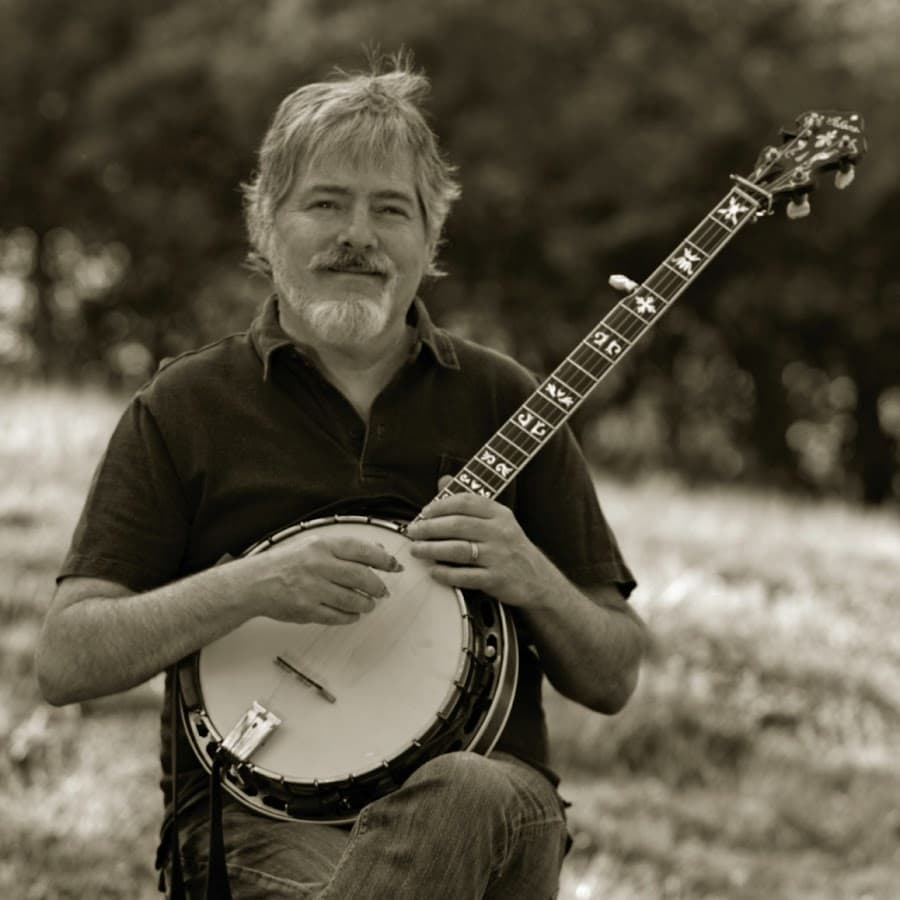
Béla Fleck
Béla Anton Leoš Fleck, born in New York City in 1958, was named after his father’s favorite composers: Bartók, Webern, and Janáček. He played guitar in High School and took an interest in the French horn. However, when his grandfather brought home a secondhand banjo, it became an overwhelming obsession. The modern banjo—a stringed instrument with a thin membrane stretched over a circular resonator—is thought to have been derived from instruments used in the Caribbean and brought there from West Africa. Early instruments had a varying number of strings and used a gourd body and a wooden stick neck. The banjo is often associated with folk and country music, and it “occupied a central place in African-American traditional music and the folk culture of the rural South.” Fleck was always drawn to the instrument’s Bluegrass roots, and he became the world’s leading exponent of the banjo. In the process, Fleck has won at least 14 Grammy awards and produced an award-winning documentary exploring the banjo’s African roots.
A critic wrote, “Béla Fleck has taken banjo playing to some very unlikely places—not just bluegrass and country and “newgrass,” but also into jazz and the classical concerto.” To be sure, Fleck’s artistic pursuits have explored an astonishing variety of musical styles and traditions. And that includes the use of the banjo as a solo instrument together with a symphony orchestra. The “Juno Concerto” is actually Fleck’s second banjo concerto, and it was specifically written for his young son. The work unfolds in the customary 3 movements and features many elements expected in a concerto, including a number of dazzling cadenzas. A critic wrote, “the grandiose interplay between banjo and orchestra makes you wonder why banjos and orchestras aren’t sharing stages all the time.”
Nancy Van de Vate: Harp Concerto
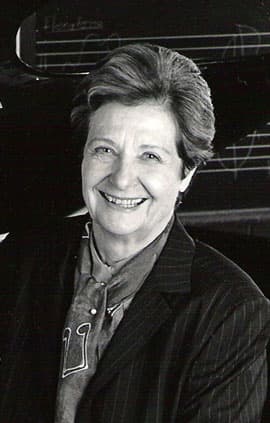
Nancy Van de Vate
In the early 1970s, American composer Nancy Van de Vate explored the reasons why compositions by women simply did not appear on records. Among the reasons she cited were “a lack of university teaching positions held by or available to women, the lack of sufficient numbers of performances of their works, and the lack of commissions and prizes awarded to women.” In order to improve the situation, Van de Vate founded the “International League of Women Composers” to create and expand opportunities for women composers of music. That organization grew rapidly, and it evolved into the “International Alliance for Women in Music.” It currently “represents a diverse spectrum of creative specialization across genres within the music field and include composers, orchestrators, sound ecologists, performers, conductors, interdisciplinary artists, recording engineers, producers, musicologists, music librarians, theorists, writers, publishers, historian, and educators.”
Nancy Van de Vate also discovered that conventional titles like symphony, sonata, and concerto drew more attention in composition competitions requiring anonymous submissions. Judges and panelists were influenced by the titles ascribed to particular works, and many of her own compositions, therefore, use traditional titles. Her large orchestral works, however, have very descriptive titles such as “Journeys,” “Dark Nebulae,” and “Chernobyl.” Her Harp Concerto dates from 1996 and was first performed on 21 June 1998 with the Moravian Philharmonic in Olomouc. The harp, it seems, was rediscovered in the 20th century, and together with Ginastera, Glière, Jongen, Milhaud, Jolivet, Rautavaara, Rodrigo, and Villa-Lobos, Van de Vate contributed to a growing repertoire for that instrument in the concerto genre.
Sean O’Boyle/William Barton: Concerto for Didgeridoo
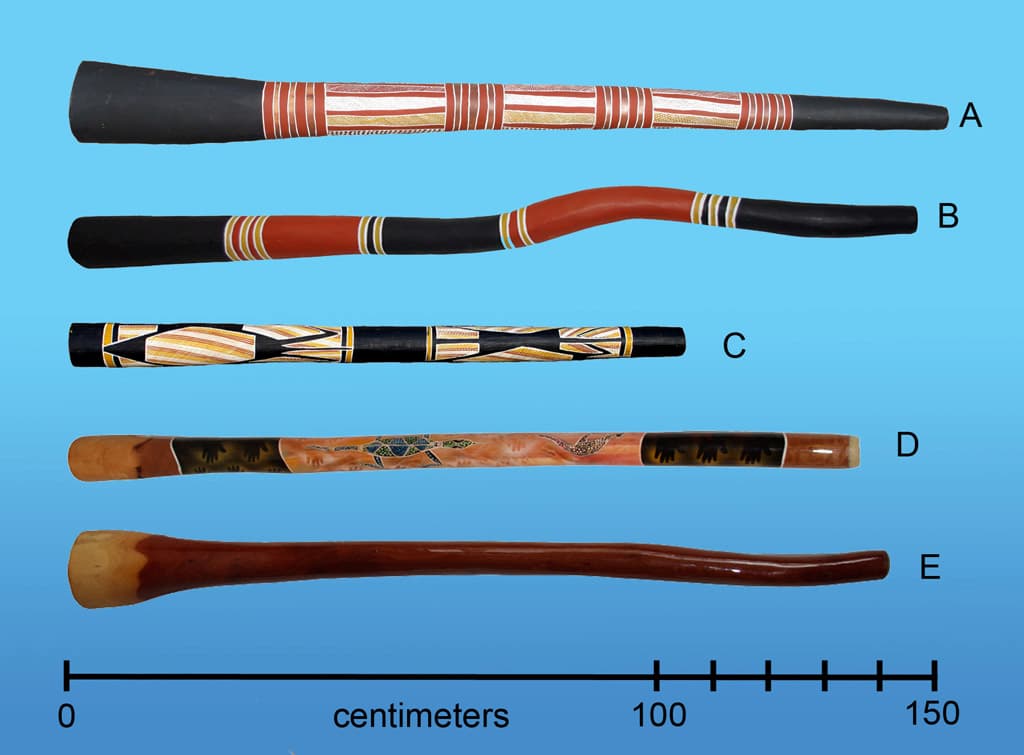
Australian didgeridoos
The didgeridoo, called by different names in various cultures, is a wooden drone pipe played with varying techniques in a number of Australian Aboriginal cultures. While the historical origin of the instrument is uncertain, Aboriginal mythology ascribed it to the power of creating dreams. The instrument is generally fashioned from the termite-hollowed trunks or branches of a number of trees. The sound of the didgeridoo is considered the voice of the ancestral spirit of that tree, and it is always stored upright to keep the ancestral spirit safe. The didgeridoo can produce a blown fundamental pitch “and several harmonics above the fundamental.” Basically, a performer does not blow air into the instrument. The distinctive buzzing tone is produced by the continual buzzing of the lips, with the shape of the mouth, tongue, cheeks, chin, and teeth influencing the tone quality. Didgeridoo performers have perfected the technique of circular breathing, “in which the player reserves small amounts of air in the cheeks or mouth while blowing. This allows the player to snatch frequent small breaths through the nose while simultaneously continuing the drone pitch by expelling the reserved air.”
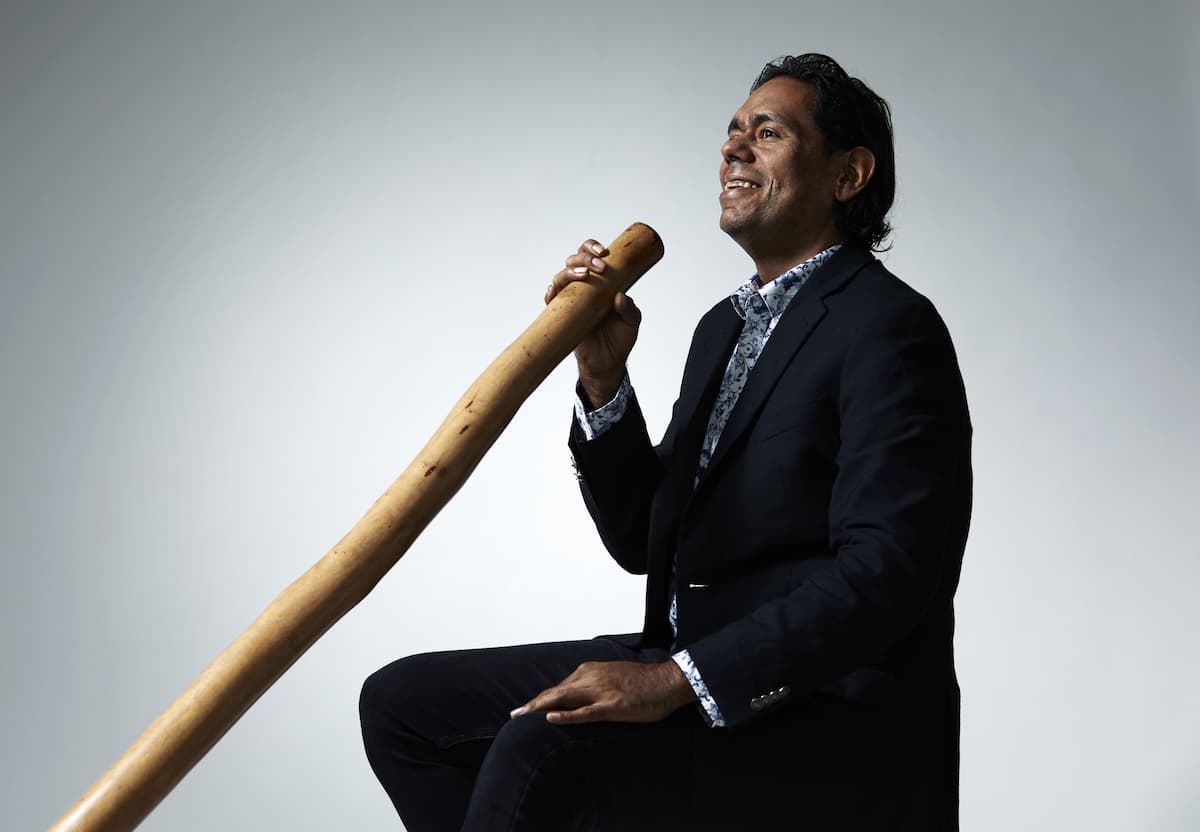
William Barton © Keith Saunders
The buzzing sound of the didgeridoo has become an easily recognizable icon of Aboriginal Australia. Contemporary bands and culturally hybrid world music groups have adopted that colorful instrument, and a number of Australian composers have used the instrument in chamber works. In addition, the legendary player William Barton collaborated with Sean O’Boyle to bring the didgeridoo into the concert hall. The work showcases the incredible expressive power of the instrument, and Barton writes, “The didgeridoo is a language. It is a speaking language. And like any language, it’s something that you’ve got to learn over many months and many years. It’s got to be a part of you and what you do.”
John Adams: Concerto for Electric Violin and Orchestra
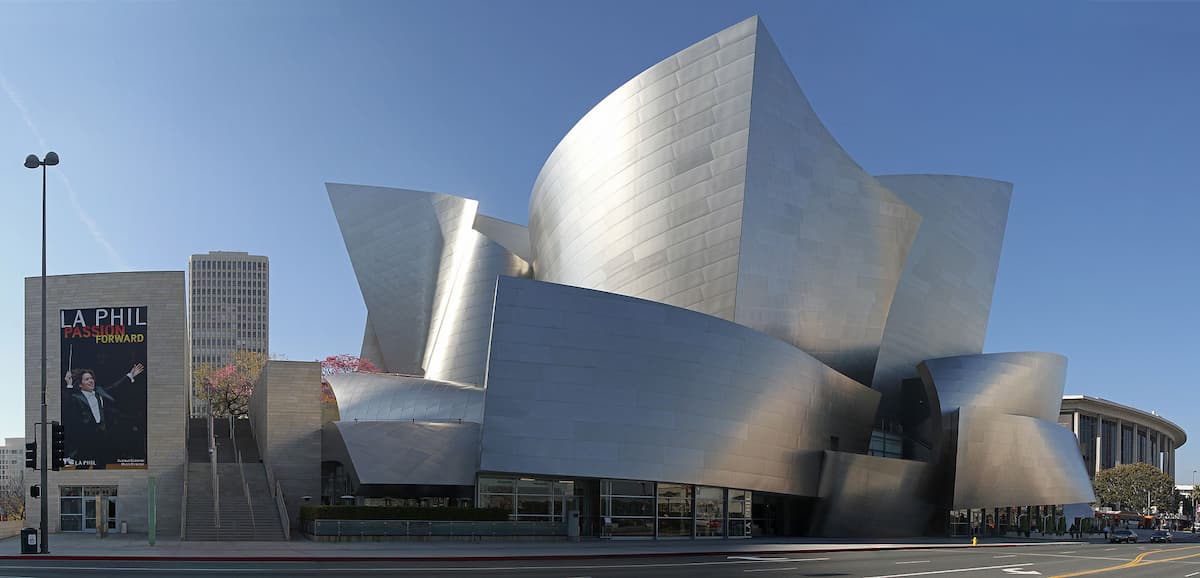
Walt Disney Concert Hall
To celebrate the opening of Walt Disney Concert Hall in Los Angeles in 2002, then LA Phil’s music director Esa-Pekka Salonen approached John Adams for a work to inaugurate the venue. When Adams looked at the artist’s rendition of the unfinished building, he was struck “by the sweeping, silver-toned clouds and sails of its exterior, and its warm and inviting public spaces.” In his composition, Adams wanted to “reflect the experience of those who, like me, were not born here and for whom the arrival on this side of the continent had both a spiritual and physical impact.” Originally, Adams was looking to incorporate a spoken part for the narrator, and searching for a suitable California-based text, discovered Jack Kerouac’s novel Big Sur. That novel celebrates the California spirit, and Adams “realized that what I had to say was something that could only be expressed in music.”
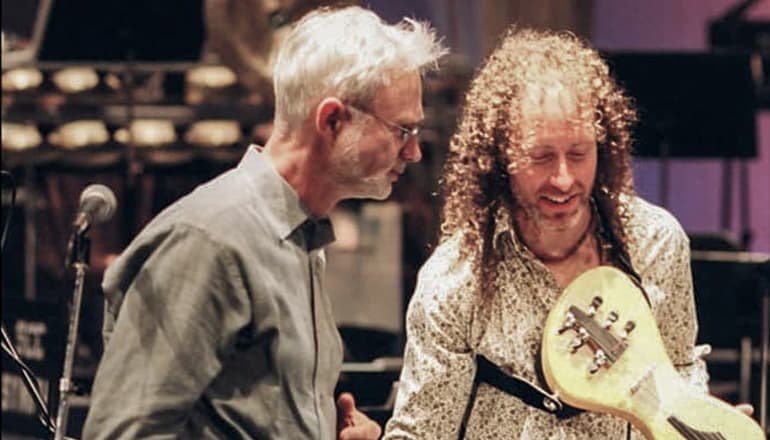
John Adams and Tracy Silverman
During the genesis of his Concerto for Electric Violin and Orchestra, Adams heard violinist Tracy Silverman perform in a jazz club. “When I heard Tracy play,” he writes, “I was reminded that in almost all cultures other than the European classical one, the real meaning of the music is in between the notes. The slide, the portamento, and the “blue note” all are essential to the emotional expression… Tracy’s manner of playing was a fusion of styles that showed a deep knowledge of a variety of musical traditions.” After collaborating with Silverman, Adams wrote a part for electric violin “that evokes the feeling of free improvisation while the utmost detail is paid to both solo and instrumental parts, all written out in precise notation.” For Adams, The Dharma at Big Sur expresses the “so-called shock of recognition, when one reaches the edge of the continental land mass… For a newcomer, the first exposure produces a visceral effect of great emotional complexity. I wanted to compose a piece that embodied the feeling of being on the West Coast, literally standing on the precipice overlooking the geographic shelf with the ocean extending far out into the horizon.”
Ignacy Jan Paderewski Koncert fortepianowy a-moll op. 17 / Piano Concert...
The Paderewski Prize for American Composers
By Georg Predota, Interlude
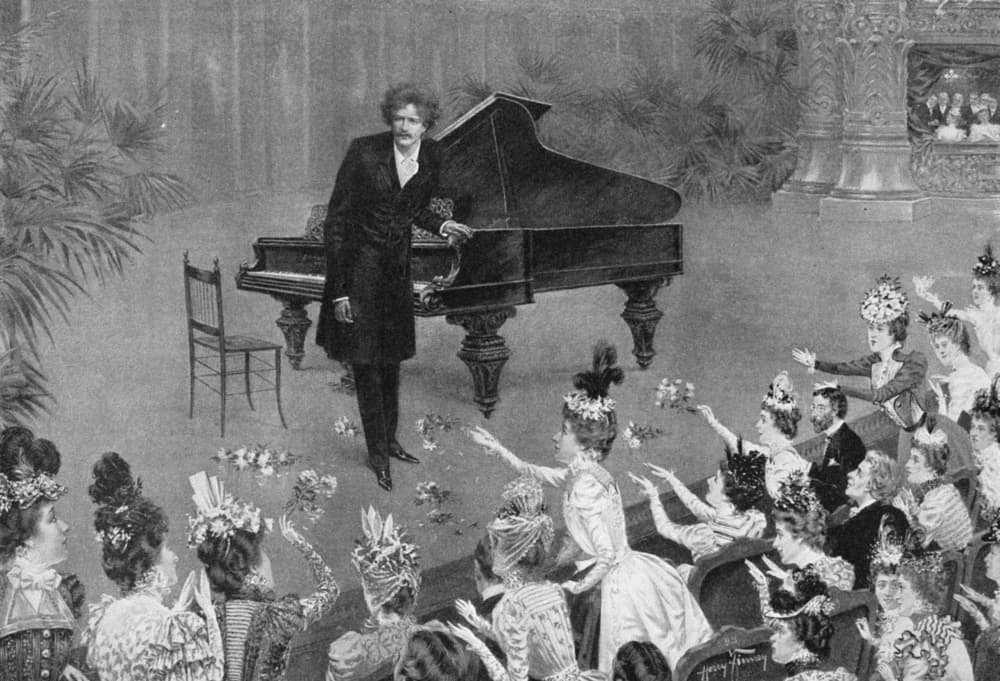
Ignacy Jan Paderewski
Apparently, he was a skilled orator, and “every speech was a masterpiece of clear thinking and brilliant verbal form.” Musicianship and politics aside, Paderewski was a great humanitarian and philanthropist who established funds for various political and artistic organizations. After his 1895/96 American Tour, he established a fund “for the encouragement of American composers. He placed a sum of 2,000 dollars into the hands of three trustees, of which the interest was to be devoted to triennial prizes for composers of American birth irrespective of age or religion.” Only a couple of years later, Paderewski established a similar fund for Polish Composers in Leipzig in 1898. A panel of judges was quickly assembled, consisting of Arthur Nikisch, Carl Reinecke, Julius Klengel and the music critic Friedrich Pfau. Submissions were to be judged in the genres of chamber music, the symphony, and the concerto.
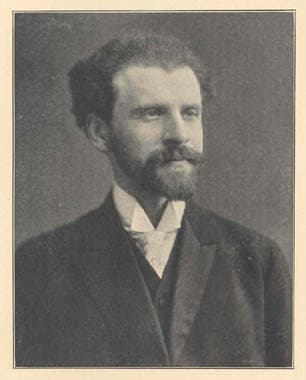
Sigismond Stojowski
While the chamber music prize was awarded to the “String Quartet” by Woitech Gavronski, the symphony prize went to Sigismond Stojowski (1870-1946). For a good many commentators, Stojowski is considered the missing link between Frédéric Chopin and Karol Szymanowski. Straddling Polish music between the second half of the 19th century and the dawn of modernism, his music somehow never managed to enter the repertoire. Stojowski had been a Paderewski student, and the Symphony in D minor, Op. 21 handily was awarded the first prize at the Leipzig 1898 competition. It was premiered as part of the competition festivities under the baton of Arthur Nikisch. Significantly, it was the first ever published symphony for orchestra by a Polish composer. Stojowski was urged to revise the final movement, and the premiere of the final version took place on 15 November 1900 with the Berlin Philharmonic.
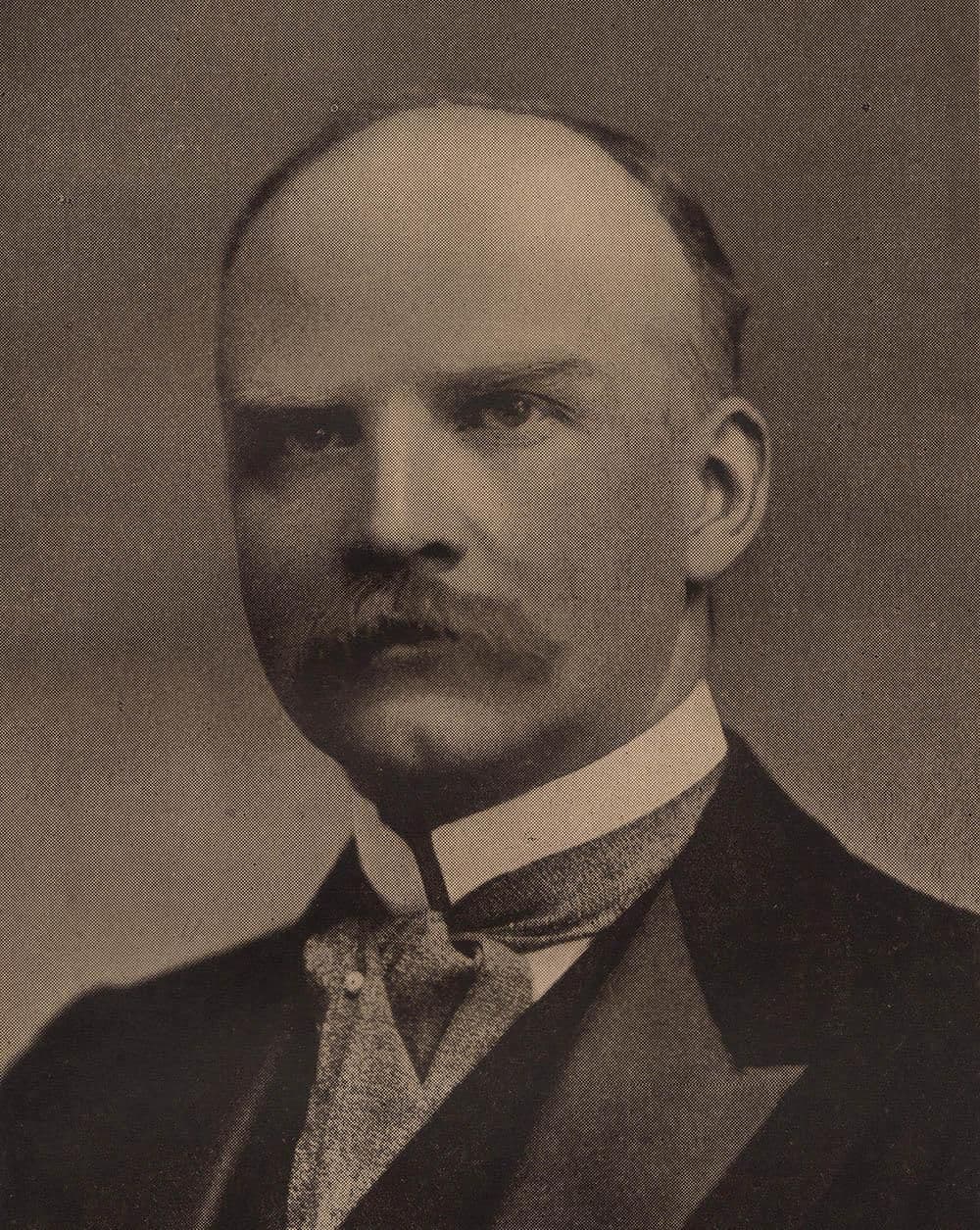
Emil Młynarski
The concerto prize went to Henryk Melcer-Szczawiński, who won with his Piano Concerto No 2. However, another first was awarded to the Violin Concerto Op. 11 by Emil Młynarski (1870-1935).
Born in Kibarty near Suwałki , Młynarski started his studies at the St Petersburg Conservatory at the age of nine and counted Leopold Auer, Nikolai Rimsky-Korsakov, and Anatoly Lyadov among his teachers. He also took classes with Anton Rubinstein and Pyotr Tchaikovsky, and he began to focus on developing his instrumental career. He would feature as the soloist at the Imperial Music Society and became second violinist of the Leopold Auer Quartet. During a stay in Odessa, Młynarski composed his Op. 11 concerto, a work he submitted to the Paderewski Competition. Crafted in the Romantic tradition, the concerto features a number of surprising harmonic solutions, and the flowing melodies are sprinkled with a dash of originality.
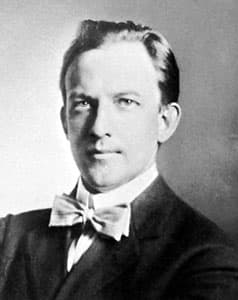
Henry Kimball Hadley
Due to organizational difficulties and political infighting, the Leipzig Paderewski Prize Competition did not continue. As such, Paderewski took the concept and transferred it to the emerging fund already envisioned in the United States. On 15 May 1900, he formally founded the Ignacy Jan Paderewski Trust of 10,000 dollars and defined a series of prizes for the encouragement of American composers. Composers would submit works anonymously, under an assumed name or motto, accompanied by a sealed envelope containing the composer’s name. The initial categories, limited to American composers, were pieces for full orchestra, pieces for chorus with orchestra accompaniment with or without solo voice parts, and pieces for chamber music for any combination of instruments. The rules also stipulated that the works could not have been previously performed in public or offered at any previous competition. 68 compositions were submitted in 1901, and Henry Kimball Hadley, who had studied with Eusebius Mandyczewski in Vienna, won with his Symphony No. 2 in F minor. Subtitled “The Four Seasons,” the work begins with “Winter” before the composer musically encodes the remaining seasons.
The Paderewski Prize for American Composers was awarded every three years from 1901 to 1948. The first prize for a symphonic work carried a cash reward of $1,000, and chorus and chamber compositions received $500, respectively. “The prestige of the prize far outweighed the cash benefit, as in most cases, the publicity from the prizes led to assurances of international performances.” Horatio William Parker won in the chorus category with “A Star Song,” scored for solo voice, chorus, and orchestra, and the chamber music award in 1901 went to Arthur Bird’s “Serenade for Wind Instruments.” Born in Cambridge, Massachusetts, Bird studied in Europe and spent a year with Franz Liszt at Weimar. His music was popular in Europe, and he was also active as a correspondent and music critic.
Every competition needs a scandal, and that’s exactly what happened at the Paderewski Prize for American Composers in 1905. Approximately 80 manuscripts were submitted, including a symphonic work titled “Palisades Overture” by John Rice, Jr., of Hudson Heights, New Jersey. In the event, the manuscript submitted was actually the “Le Corsaire Overture” by Hector Berlioz. One of the jurors, the conductor Walter Damrosch had recently presented the work, and the ruse was easily detected. The trustees angrily delivered a letter to Rice demanding an explanation, who denied any knowledge. As expected, there was plenty of media coverage, but the competition was unaffected. Judges made the announcement on 17 November 1905, and the sole winner that year was Arthur Shepherd’s (1880-1958) “Overture Joyeuse.”
George Whitfield Chadwick, Horatio William Parker, and the founding conductor of the Cincinnati Symphony Orchestra, Frank Van der Stucken, chaired the 1909 competition. Paul Hastings Allen won the symphonic category with his “Pilgrim Symphony” in D Major, and David Stanley Smith was awarded first prize for his cantata “The Fallen Star,” Op. 26. Rubin Goldmark (1872-1936) won the chamber music award with his Piano Quartet in A Major, Op. 12.
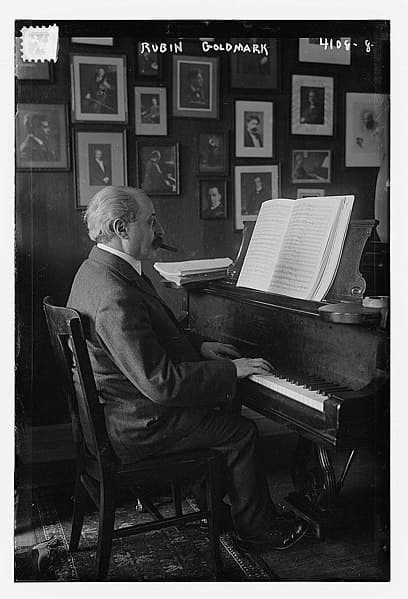
Rubin Goldmark
The nephew of composer Karl Goldmark, he studied at the Vienna Conservatory until 1891 and returned to the United States to take up appointments in piano and music theory at the National Conservatory in New York City. He took composition lessons from Antonín Dvořák, and became best known as the teacher of Aaron Copland and George Gershwin.
The Paderewski Prize for American Composers took a break between 1911 and 1919, but restarted after the end of World War I in 1921. It was then held at the New England Conservatory and henceforth offered prizes in only two categories: symphonic and chamber music. No award was given in the symphonic category “for a lack of submissions meeting contest criteria,” but the chamber music award went to Wallingford Constantine Riegger (1885-1961).

Wallingford Constantine Riegger
Born in the state of Georgia, the family eventually moved to New York City. He was a gifted cellist and a member of the first graduating class of the Institute of Musical Art, later known as the Juilliard School. Riegger spent three years in Berlin and studied with Max Reger, and after a couple of years back home, he returned to Europe to conduct opera in Germany. He later taught at Drake University in Iowa, and his earliest surviving works are scored in a lush Romantic idiom. Such is the case with the Piano Trio that won him the Paderewski Prize in 1921. It would also be his first published composition.
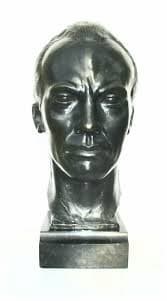
Charles Haubiel
The trustees Arthur Dehon Hill and Joseph Adamowski announced the winners of the 1928 competition from Boston. Hans Levy Heniot (1900–1960), brother-in-law of Alexander Kipnis took the prize in the symphony category while Homer Corless Humphrey (1880–1966) won the chamber music entry with his Introduction and Allegro: Risoluto for Violin, Violoncello, and Piano. The 1934 winners were announced from New York, and Allan Arthur Willman took the symphony award with his tone poem “Solitude.” Charles Trowbridge Haubiel (1892-1978) received an honorable mention for his piano work “Mars ascending.” He was born in Ohio but educated in Berlin and New York City. He studied piano under Josef and Rosina Lhévinne, and counterpoint with Rosario Scalero. Haubiel received an appointment to teach piano at the Institute Musical Art, and at New York University. He composed three operas and a good deal of orchestral and chamber music. Tellingly, his music “has been described as a combination of Johannes Brahms and Claude Debussy.
Composers of distinction for the 1938 competition included Walter Helfer, who received first prize for his “Prelude to a Midsummer Night’s Dream,” and Morris Mamorsky for his “Concerto for piano and orchestra.” Three years later the trustees announced the winners for the 1942 competition from Boston.
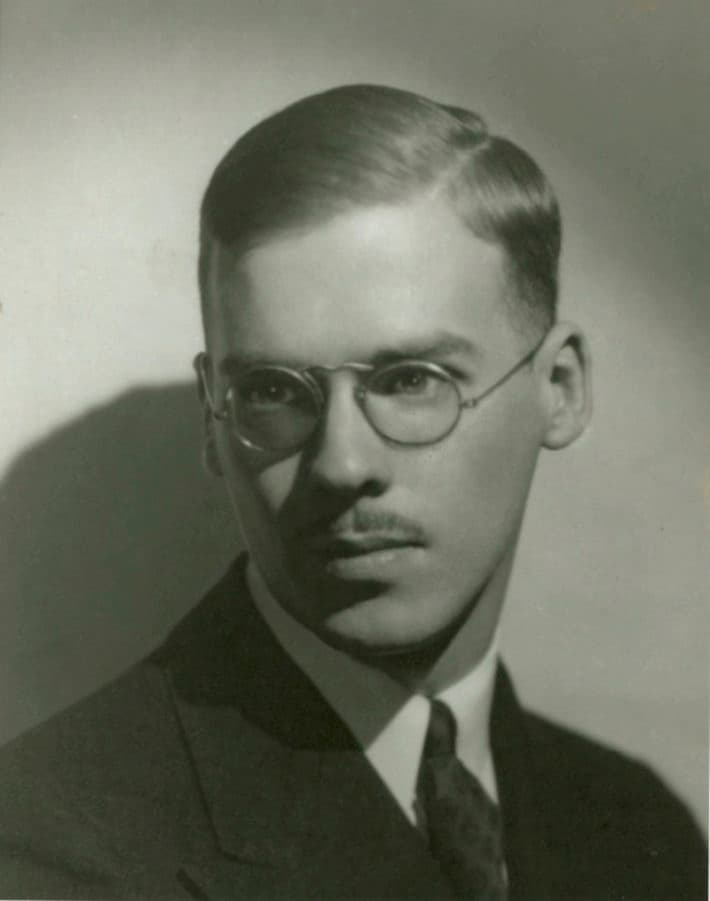
Gardner Read
Gardner Read (1913-2005) hailed from the state of Illinois, he initially studied piano and organ alongside counterpoint and composition at the School of Music at Northwestern University. A four-year scholarship saw him attend the Eastman School of Music, and he subsequently was active as a composer and administrator. He authored several textbooks on musical notation and technique and composed roughly 150 major works, “all of which demonstrate formidable technique and craftsmanship. His big orchestral canvases are especially notable for their exotic and often graphic colour.” These characteristics undoubtedly swayed the judges, and his foreboding second symphony won first prize in the 1942 Paderewski Fund Competition. The work premiered on 26 November 1943 with the Boston Symphony, Read conducting.
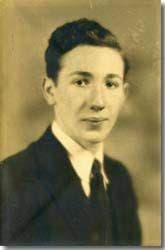
David Diamond
David Diamond (1915-2005) was considered one of the preeminent American composers of his generation. His works are frequently tonal or modally inspired, and his widely spaced harmonies give them a distinctly American flavor. He was a close personal friend of Leonard Bernstein, and he dedicated a number to him, and vice versa. Diamond’s compositional style is described as “lyrical, clear of structure, and marked by contrapuntal interest and the increasing use of chromaticism in his later compositions.” Diamond’s Quartet for Piano and String Trio in E minor was awarded the first prize in the chamber category, but the enormous success he enjoyed in the 1940s and early ’50s was “eclipsed by the dominance of atonal music… As such he became part of what some considered a forgotten generation of great American symphonists.” The initial phase of the Paderewski Fund for the Encouragement of American Composers came to an end in 1945 and 1948, with Herbert Elwell and Phyllis Hoffman taking the final awards. In the 1950s, the fund was renamed Paderewski Fund for Composers and began awarding commissions to composers in lieu of the competition.
Thursday, June 20, 2024
Filipino Disco Medley (Ateneo Blue Symphony Orchestra)
 / thebluesymphony
/ thebluesymphony MPO Opus 20: The Eraserheads Medley
BLACKPINK’s ‘Born Pink’ tour coming to cinemas worldwide
K-pop girl group BLACKPINK’s “Born Pink” tour is coming to cinemas worldwide including the Philippines to celebrate their eighth anniversary since debuting in 2016.
BLACKPINK and Trafalgar Releasing announced the “BLACKPINK World Tour [Born Pink] in Cinemas” will be released starting July 31 with limited screenings.


BLACKPINK (Trafalgar Releasing)
“BLACKPINK World Tour [Born Pink]in Cinemas” will be released on July 31 (SM Cinemas)
“Drawing an audience of 1.8 million and breaking global records for female group concert tours, experience the energy of the live performances in cinemas worldwide!” according to the film’s website.
It added, “Featuring the iconic ‘Hanok’ set that has mesmerized fans and press worldwide, the film shows unprecedented production scale, presenting exclusively arranged versions of BLACKPINK’s hit songs unique to this concert and encompassing performances from Seoul’s Gocheok Dome alongside footage from further cities across the global tour.”
“Join us for all the exhilarating moments, premiering in over 110 countries, marking a first for a K-POP female group. Experience even more in special formats ScreenX, 4DX, and ULTRA 4DX!”
BLACKPINK’s “Born Pink” tour emerged as the “highest-grossing tour from an Asian act and a female group in history once again.”
In the Philippines it will be released on SM Cinemas, which announced, “Stay tuned for the advance ticket sale announcement!”
BLACKPINK added that tickets will go on sale worldwide on June 27 and in South Korea on July 17.